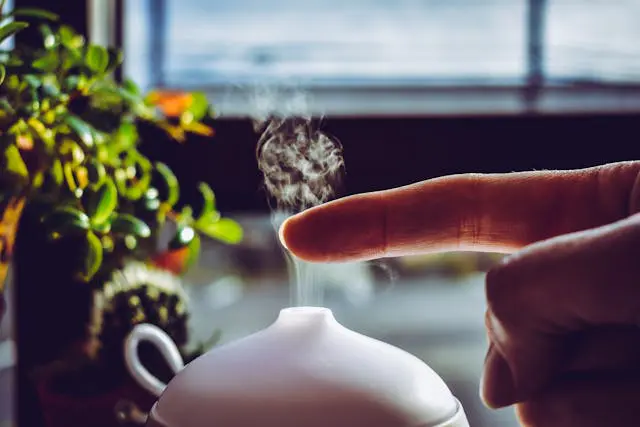Navigating the vast world of skincare can be daunting with a plethora of products claiming to deliver extraordinary outcomes. Among the array of creams, lotions, sunblocks, and scrubs, it's understandable to feel overwhelmed. The key to achieving luminous, healthy skin lies in understanding the scientific principles that guide your skin's needs.
In this piece, we delve into the scientific nuances of skin, examining its layers, functions, and how different ingredients interact with your skin. We'll tackle common skin issues like acne, aging, and dryness, offering insights on tailoring your skincare routine to meet your skin's unique requirements.
1. The Foundation of Healthy Skin: Understanding Your Skin’s Structure
Before selecting the right products, it's crucial to understand the composition and function of your skin. Skin is not just a superficial covering—it's a complex organ with vital protective functions. Here's a brief overview of its layers and their roles:
Epidermis: The Protective Outer Layer
The epidermis is the outermost layer of the skin, acting as your first line of defense. It consists of multiple cell layers, with the most significant being the stratum corneum, which is made up of dead skin cells that protect your body from external threats. The epidermis also contains melanocytes, cells that produce melanin, the pigment that determines your skin color.
- Main Functions: The epidermis prevents harmful microorganisms from entering, keeps dehydration at bay, and shields against UV rays.
- Key Components: Melanocytes (skin color), keratinocytes (structure and strength), and Langerhans cells (immune response).
Dermis: The Layer of Skin Strength
The dermis, located beneath the epidermis, is responsible for much of your skin's firmness and elasticity. It contains collagen and elastin fibers, which give the skin its strength and ability to bounce back. The dermis also includes sweat and oil glands, hair follicles, and blood vessels that nourish the skin with nutrients and oxygen.
- Main Functions: The dermis supports the epidermis, regulates body temperature, and aids in skin repair and renewal.
- Key Components: Collagen (sturdiness), elastin (pliability), sebaceous glands (oil production), and sweat glands (heat regulation).
Hypodermis: The Underlying Layer
The hypodermis, or subcutaneous layer, lies beneath the dermis. It is made up of fat and connective tissue that insulate and cushion the skin, protecting internal organs and aiding in energy storage.
- Main Functions: Provides insulation, absorbs impacts, and stores energy.
- Key Components: Adipose tissue, connective tissue, and blood vessels.
2. Common Skin Issues: Exploring the Science Behind Them
Our skin faces a range of challenges influenced by factors such as age, environment, lifestyle, and genetics. Let's explore some common skin concerns and how understanding the science behind them can help you address them effectively.
Acne: The Buildup of Sebum
Acne occurs when hair follicles become clogged with sebum, dead skin cells, and bacteria. The sebaceous glands produce excess oil (sebum), which can become trapped in the pores, leading to inflammation and breakouts. Acne is most common during adolescence due to hormonal changes that increase sebum production, but it can affect adults as well.
- Primary Causes: Overactive sebaceous glands, clogged pores, bacteria, and inflammation.
- Solutions: Use products that regulate sebum production, such as salicylic acid









